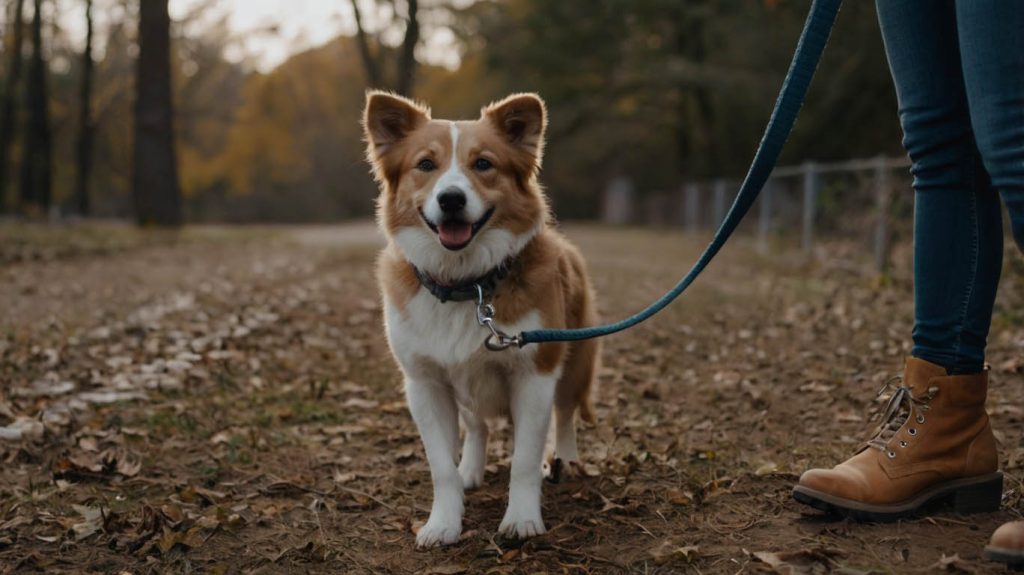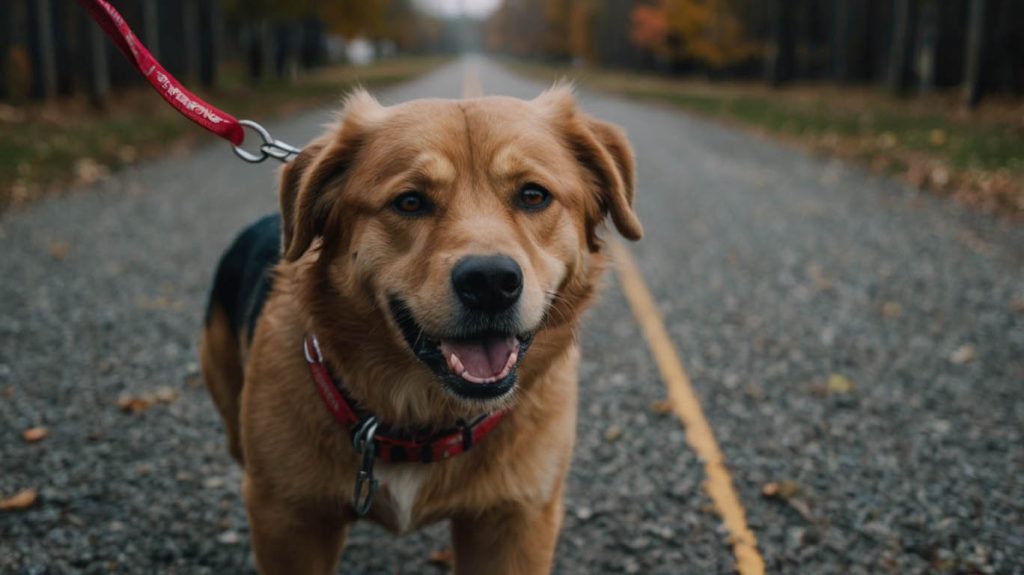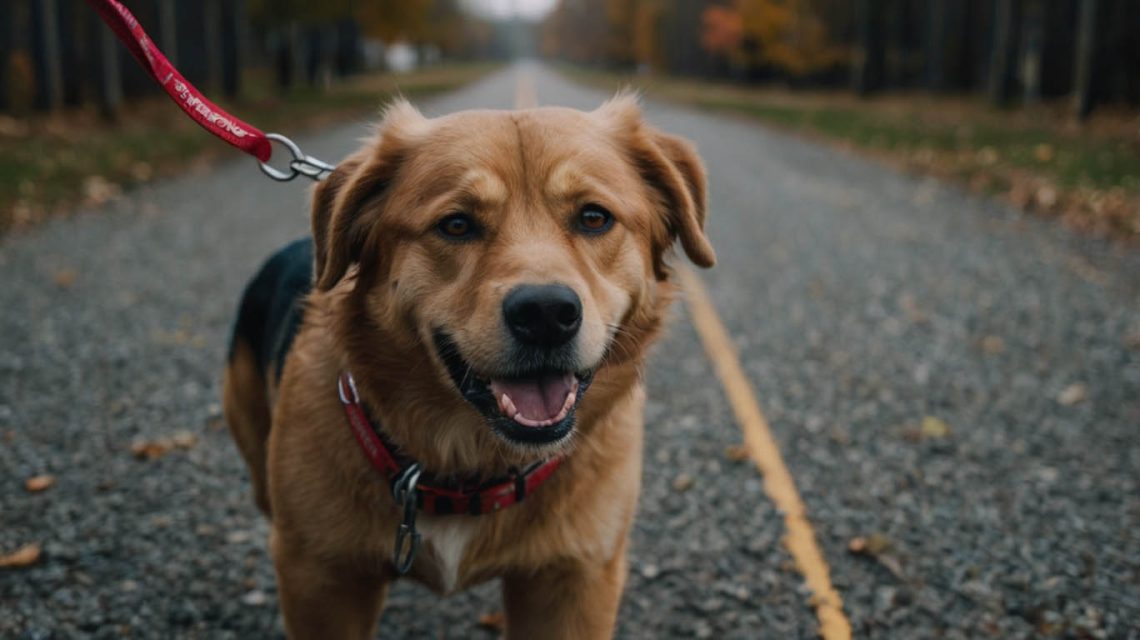The Ultimate Guide: How to Stop Leash Pulling in Dogs
The story is one that plays out on sidewalks all over the world. A dog owner, arm extended and muscles straining, is being dragged down the street by an enthusiastic but unruly canine companion. The daily walk, which should be a relaxing and enjoyable bonding experience, has become a frustrating and even dangerous tug-of-war. If this scene sounds familiar, you are not alone, and you are likely searching for a real, effective answer to the question, “How to stop leash pulling in dogs?” The good news is that this is one of the most common and fixable of all dog behavior problems.
This comprehensive guide will tell the complete story of transforming your frantic puller into a polite walking partner. We will begin by exploring the simple but crucial reason why dogs pull in the first place. Subsequently, we will provide a detailed, step-by-step training plan based on proven, positive reinforcement techniques. Furthermore, we will review the best types of walking equipment that can help you manage the behavior while you train. Consequently, you will be empowered with a clear, humane, and effective strategy for how to stop leash pulling in dogs, allowing you to finally enjoy a peaceful walk again.
Why You Must Know How to Stop Leash Pulling in Dogs
Before we dive into the training methods, it’s vital to understand why addressing this issue is so important. Leash pulling is not just an annoyance; it’s a problem with serious consequences.
- It’s a Safety Hazard: A strong dog that pulls can easily pull the leash from your hand, leading to them running into traffic or having a dangerous encounter with another dog. It can also cause falls and injuries for the owner.
- It’s Uncomfortable for Your Dog: Constant pulling against a collar can put dangerous pressure on your dog’s trachea (windpipe), potentially causing long-term damage.
- It’s Stressful for Everyone: A stressful walk is not a fun walk. It can damage the bond you share with your dog and make you dread what should be a highlight of your day.
Therefore, learning how to stop leash pulling in dogs is a critical aspect of responsible, safe, and happy dog ownership.

The First Step: Understanding Why Your Dog Pulls
To solve the problem, you must first understand the story from your dog’s perspective. Dogs do not pull to be dominant or to intentionally make your life difficult. They pull for one very simple reason: it works.
Think about it: your dog wants to get to that interesting smell, that other dog, or that person across the street. When they pull on the leash and you continue to move forward, you have just taught them that pulling is the key to getting what they want. They also naturally walk at a faster pace than we do. Our job is to rewrite this story and teach them a new rule: a loose leash is the only way to move forward and get to all the exciting things the world has to offer.
Your Training Plan: How to Stop Leash Pulling in Dogs
The solution is not about yanking on the leash or using force. It’s about teaching your dog a new way to walk through clear communication and positive reinforcement.
Optimizing Your Strategy: Be a Tree
This is the single most effective technique for teaching loose-leash walking.
- The Method: The moment you feel any tension on the leash, you immediately stop walking. You plant your feet and become completely still and boring, like a tree. Do not say anything, and do not pull back on the leash.
- The Lesson: Your dog will eventually turn to look at you to see why the walk has stopped. The instant they create slack in the leash—even for a second—say “Yes!” and immediately start walking forward again. They quickly learn the simple equation: a tight leash means we stop, and a loose leash means we go. This is the foundation of how to stop leash pulling in dogs.
The Power of Rewarding the “Check-In”
You want your dog to learn that being near you is a great place to be.
- The Method: During your walk, whenever your dog is walking nicely on a loose leash beside you, or when they voluntarily “check in” by looking up at you, reward that behavior! Use a happy tone of voice and give them a high-value treat.
- The Lesson: This teaches your dog that paying attention to you and staying close is highly profitable.
The “Turn Around” Game
For the most persistent pullers, this can be a very effective pattern-interrupter.
- The Method: The moment your dog hits the end of the leash, instead of stopping, cheerfully say “This way!” and turn 180 degrees, walking in the opposite direction.
- The Lesson: Your dog learns that pulling does not get them closer to their goal; in fact, it gets them further away.

The Best Equipment for How to Stop Leash Pulling in Dogs
While training is paramount, the right equipment can make the process much safer and more manageable. Note: These are management tools, not a replacement for training.
- Front-Clip Harnesses: This is the top recommendation from most positive reinforcement trainers. A harness that has a leash attachment point on the chest, like the Easy Walk Harness or the Freedom No-Pull Harness, is a game-changer. When the dog pulls, the harness gently turns them back toward you, which discourages the forward pulling motion without causing any pain or choking. This is the number one piece of gear for how to stop leash pulling in dogs.
- Head Halters: For very large, strong dogs, a head halter (like a Gentle Leader or Halti) can provide excellent control. It works on the principle that where the head goes, the body will follow. Important: These must be properly fitted and introduced slowly and positively, as some dogs dislike the feeling on their face.
Equipment to Avoid: Prong collars and choke chains should be avoided. While they may stop pulling through the use of pain or discomfort, they do not teach the dog what to do instead. Reputable organizations like the American Veterinary Society of Animal Behavior (AVSAB) have position statements on why these punishment-based tools should be avoided in favor of positive reinforcement methods.
You Can Reclaim Your Walk
The story of your daily walks does not have to be a tale of frustration. By understanding your dog’s motivation, committing to a consistent training plan, and using the right equipment, you can successfully teach your dog to walk politely on a loose leash. Learning how to stop leash pulling in dogs is a journey that requires patience, but the reward—a peaceful, enjoyable walk with your best friend—is one of the greatest joys of dog ownership.
What is your biggest challenge when it comes to leash pulling? Share your questions or successes in the comments below! For more on building a great walking partnership, be sure to check out our guide on [When to Start Leash Training a Puppy: A Guide].


